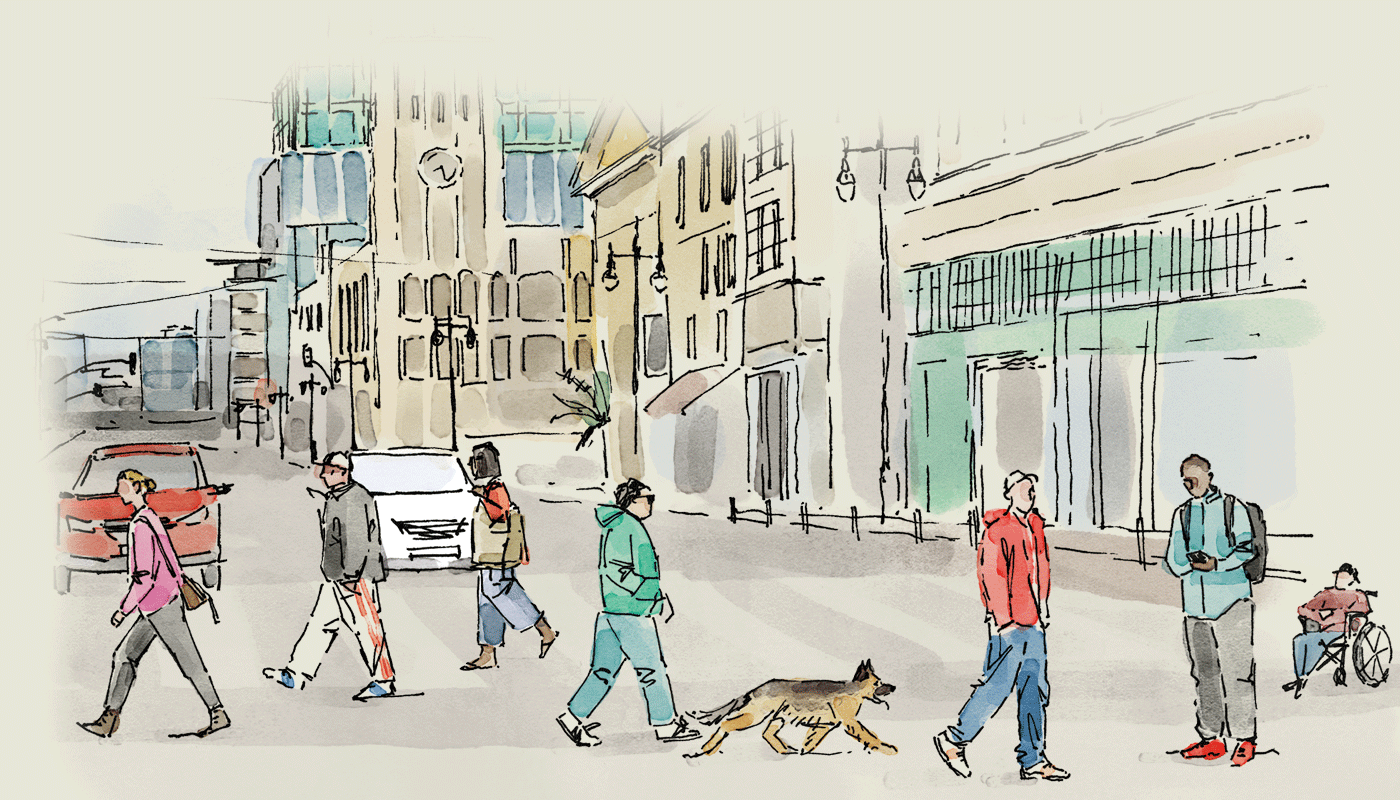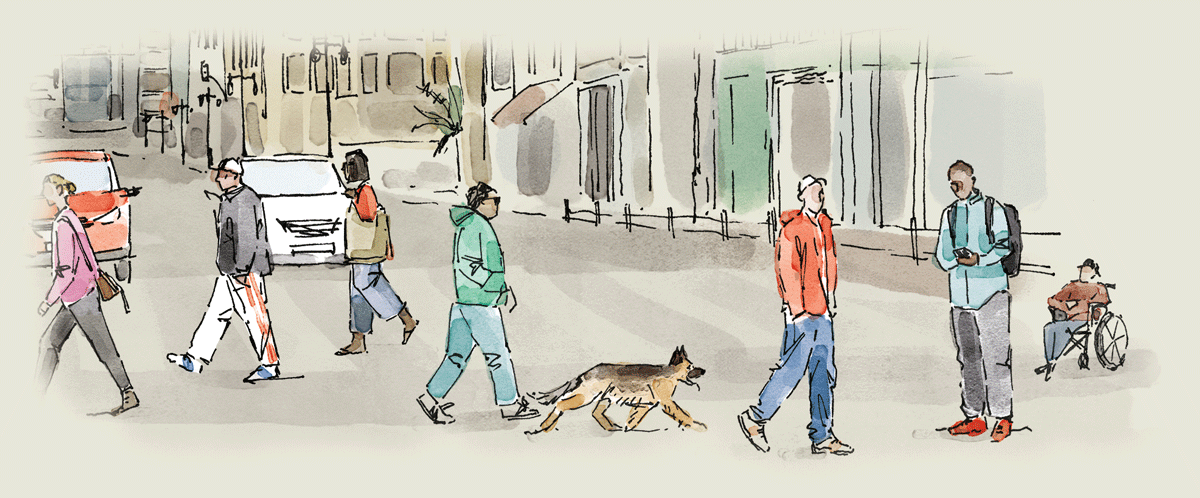Conclusion
By deploying its strengths in data-driven decision making, public-private partnerships, and technology, San Francisco can lead the way in solving homelessness. Our hope is that San Francisco can provide a model other cities will seek to emulate.
The 12 recommendations outlined in this report offer a clear road map to achieve this vision. These reforms focus on prevention, streamlined intake processes, individualized care, and measurable outcomes. Through smart integration of technology, from digital tools that simplify service navigation to data-sharing systems that ensure no one slips through the cracks, San Francisco can create a homelessness response system tailored to those who need it most. The goal is clear: make homelessness not only rare but also brief and non-reoccuring.
Achieving these changes requires more than incremental adjustments. It requires a huge cultural shift in which strong leadership prioritizes a unified, citywide strategy that breaks down interdepartmental confusion, embraces contracting based on results and performance, and secures additional funding from State and federal sources. This plan is about people. Behind every policy change and system overhaul are men, women, children, and families who need stable housing, mental health support, addiction recovery, and pathways to long-term self-sufficiency. Addressing these needs requires a compassionate, practical approach that tackles both the immediate crisis and its causes.
San Francisco has long been a symbol of innovation and bold ideas. Now it needs to show the world that what seems impossible can happen.

